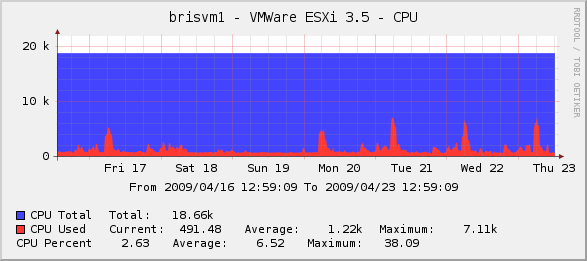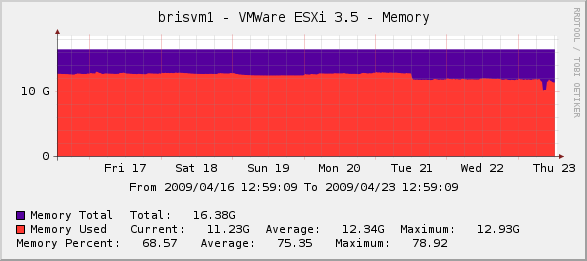I am currently going through the process of installing a brand new Commvault installation. One thing I am evaluating is doing most of my backups via the Virtual Server iDataAgent, this will give me “bare metal” recovery of my VM’s as well as cover my individual file restore requirements. As at Simpana 8 granular file level recovery was only supported for NTFS volumes but with the release of Simpana 9 the documentation has been updated to remove the NTFS requirement. Also a nice little line that also says “Granular file-level recoveries are now supported for Linux-based VMware virtual machines.” under the new features in the documentation for Simpana 9.
So testing begins, and you would imagine given the above information that file-level recoveries for Linux would just work. Problem is it just doesn’t work out of the box, after hours of playing with settings and tick boxes and reading forum posts I finally found the solution I needed to get file-level recovery working.
Ok, so to get Linux backup working you need to add a registry entry on the Virtual Server iDataAgent proxy server (the documentation for which can be found here).
HKEY_LOCAL_MACHINE\SOFTWARE\CommVault Systems\Galaxy\Instance001\VirtualServer
Then add the following DWORD value
LinuxMetadataSupport REG_DWORD 0x00000001
Restart the Commvault agent on the VMWare server for good measure and now take your backup.
As for file system support it seems very limited. I have tested the following setups:
Ubuntu Host
sda1 /boot ext3
sda3 / reiserfs
sda4 /data ext4
Centos Host
LVM2 with partition formatted in ext3
The only file systems that backed up were the EXT3 file systems, LVM appears to be supported as well. One can only assume that EXT2 would be supported, but I haven’t tested this.
Overall this solution can only get better, as more file systems are supported and the option to backup the linux systems on a file level are brought into the GUI it can only get easier from here. Personally I plan on moving forward using the Virtual Server iDataAgent to backup all my VM’s that don’t have special applications on them (ie, database, AD, and Exchange).

